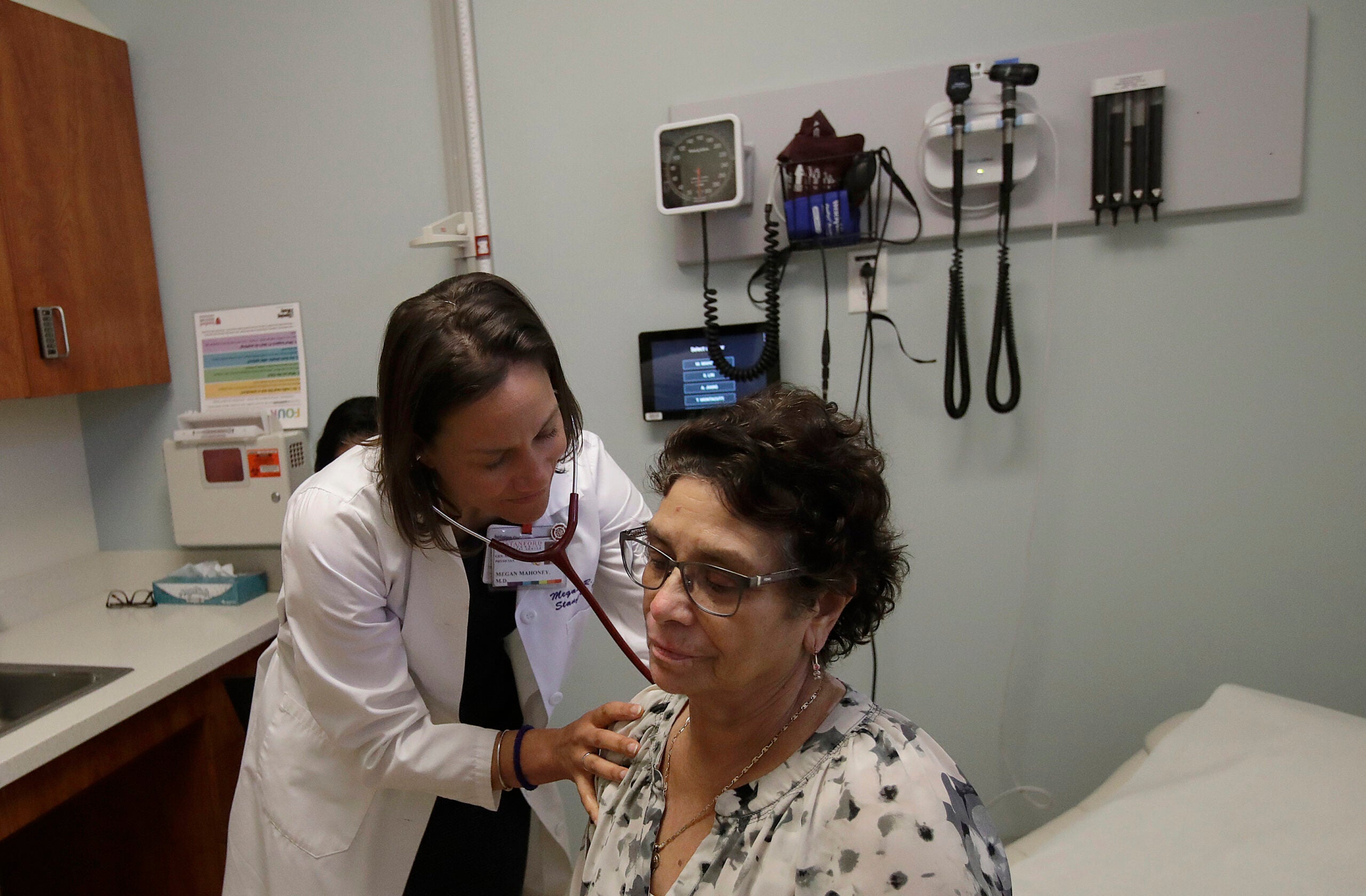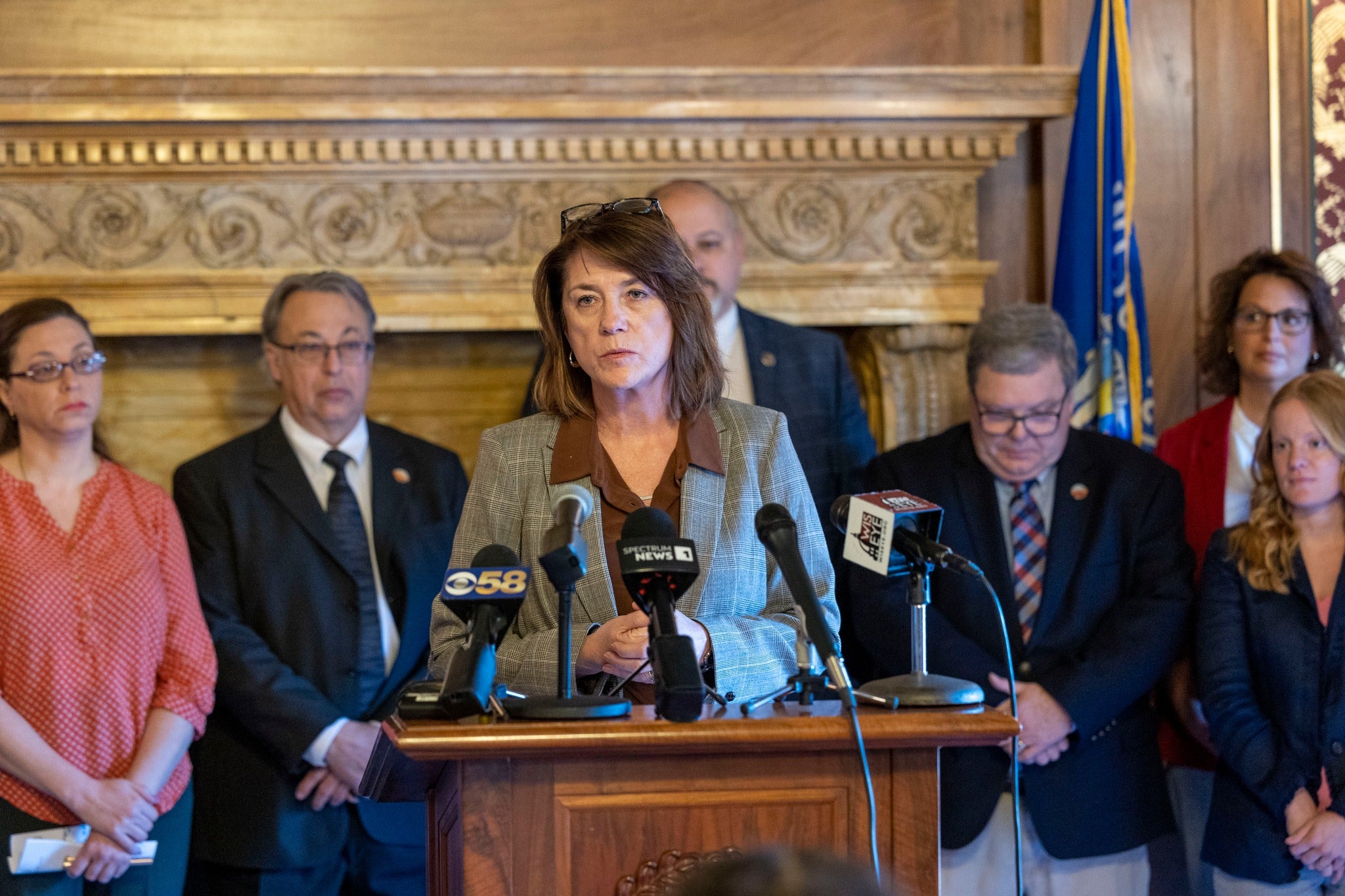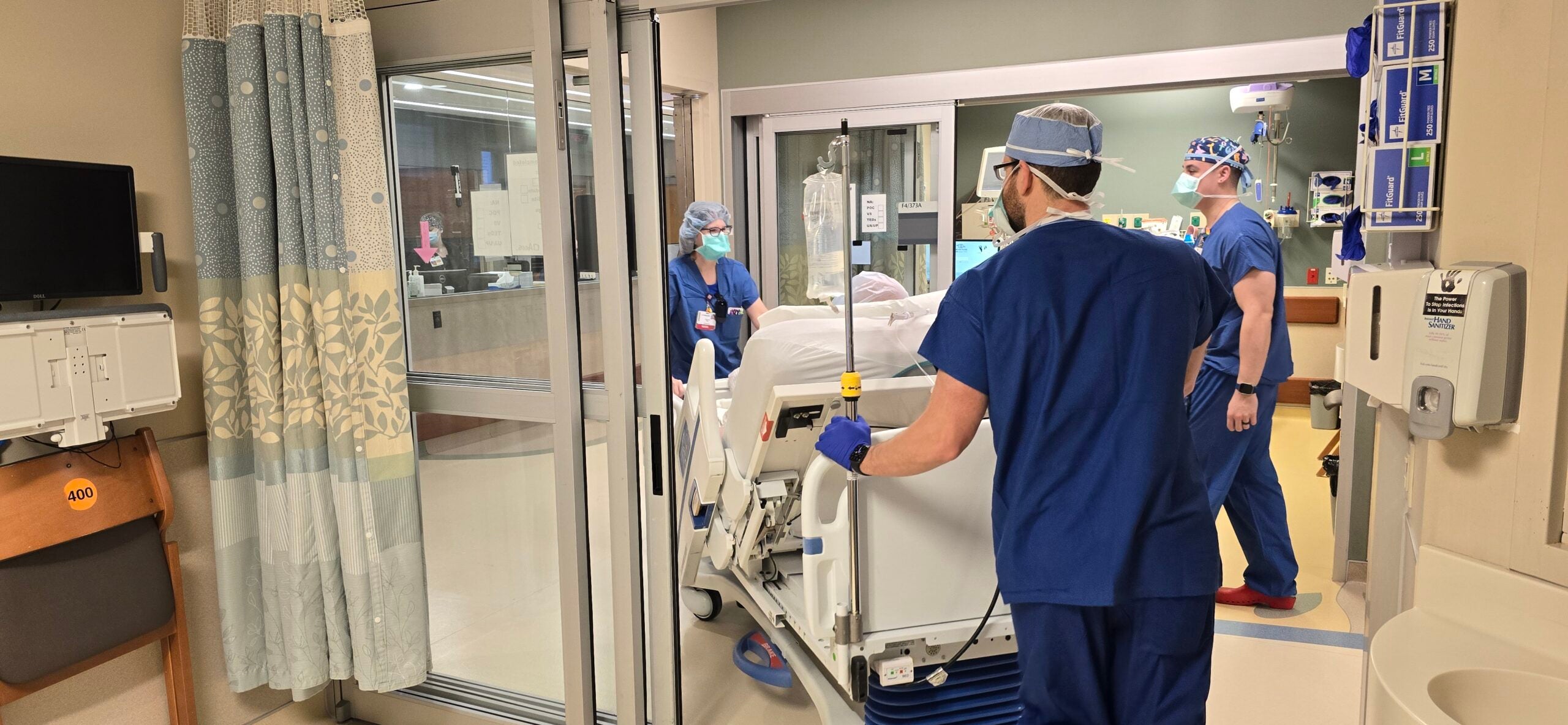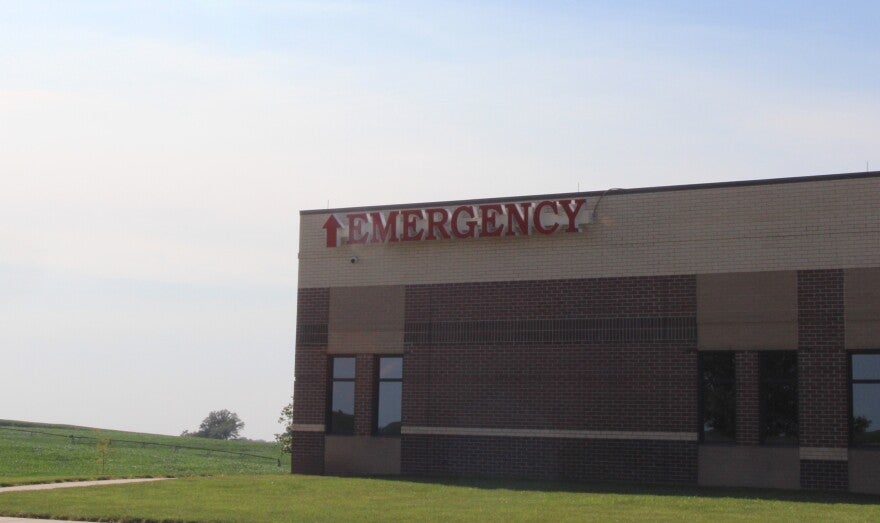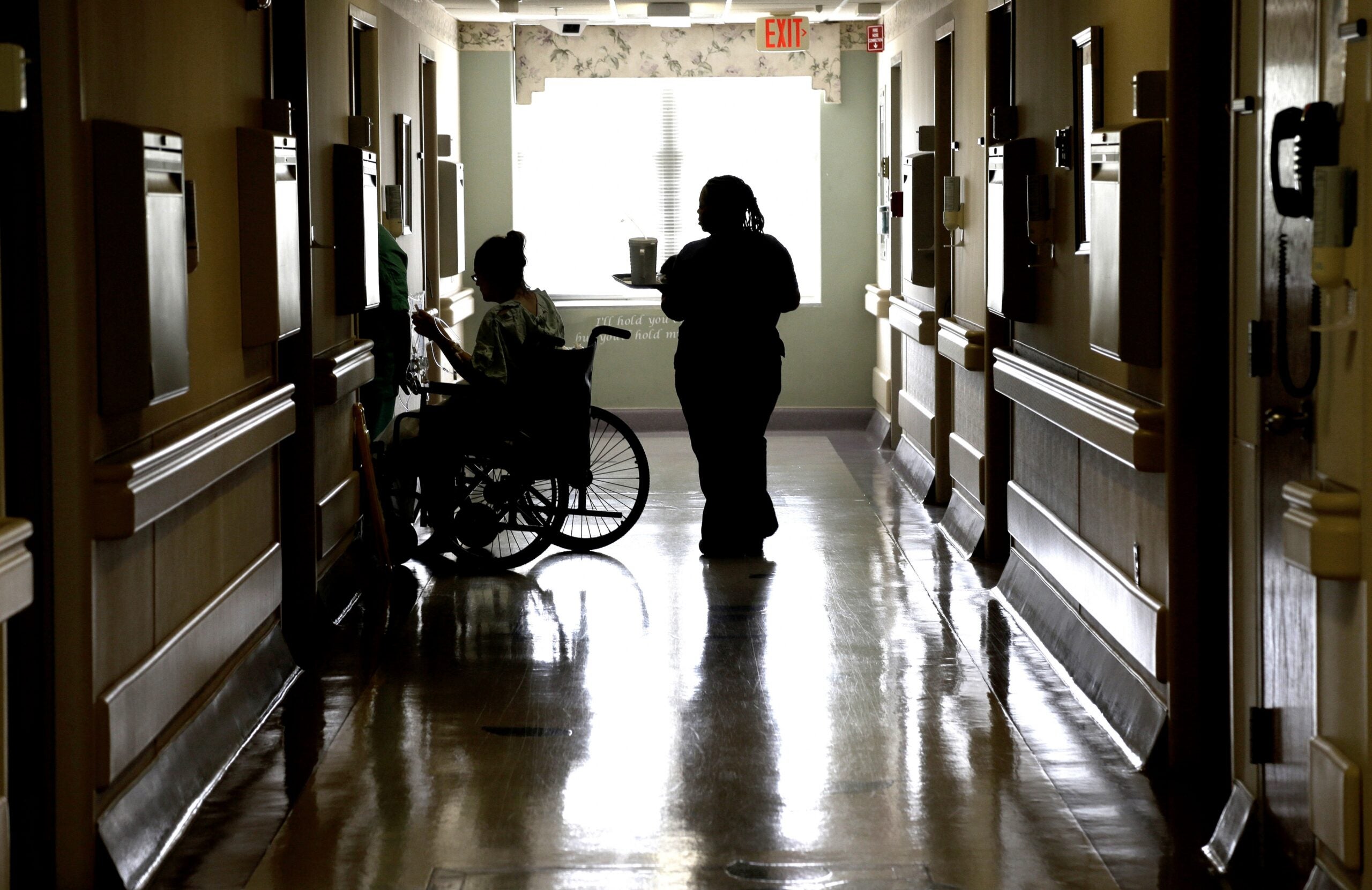As part of the the federal government’s ongoing efforts to improve transparency of hospital costs, a new rule from the Centers for Medicare and Medicaid Services now requires hospitals across the country to post more detailed price data for services, medications and procedures. But it’s unclear how much it will help those who want to know what their bill will be if they end up in the hospital.
“It’s a new (federal rule) clarification but it doesn’t do that much for the consumer unless you are in a state that doesn’t have that many resources. And I think, in Wisconsin, we have much better and friendlier ways for consumers to get information on what their service is going to cost,” said Brian Potter, senior vice president of finance with the Wisconsin Hospital Association.
Since 2005, WHA has posted prices for hospital procedures on its website.
News with a little more humanity
WPR’s “Wisconsin Today” newsletter keeps you connected to the state you love without feeling overwhelmed. No paywall. No agenda. No corporate filter.
Using WHA’s PricePoint consumers can look up, say, what it would cost to correct a common foot problem. The median price for outpatient bunion surgery in Dane County is $5,286 but it can be more than $16,000 at some hospitals in Wisconsin. The median price across the state for bunion surgery is $9,972. The charges don’t include rehab, medications or other services that a patient may need as part of their care.
Because of the new federal rule, hospitals will now have to break down individual prices for items such as medications, and room and board.
“It’d be like buying a car by pricing out each part of the car individually versus just finding out what the average price of this car,” Potter said.
This level of information, he said, could make it more difficult for consumers because it’s not presented in a way most people can easily make sense of. The master list of base prices will be a spreadsheet instead of an interactive site like PricePoint, which compares hospital procedure prices locally and statewide.
The new federal rule is aimed at educating patients and creating competition.
Health insurance expert Justin Sydnor, an assistant professor of actuarial science, risk management and insurance at the University of Wisconsin-Madison, said there could be modest benefits to this regulation.
“The more transparent these list price are, the more public pressure there may be on hospitals with very high list prices to explain those charges,” Sydnor said. “This regulation will also make it easier for the public to track the changes in prices hospitals are charging in their region, at least to some degree.”
But consumers will only get a ballpark figure that doesn’t actually reflect what many will pay because insurers often negotiate lower prices. But those without insurance or those who need to go to a hospital and face out-of-network charges would benefit, said Sydnor.
“Even in those cases the final price you need to pay might be negotiated with the hospital, but these list prices will be a good indicator of what the hospital will try to charge,” he said.
The government is trying to get hospitals to provide cost information patients want. But the way health care is paid for is complex and both Potter and Sydnor say this new rule alone probably won’t provide that answer.
Wisconsin Public Radio, © Copyright 2026, Board of Regents of the University of Wisconsin System and Wisconsin Educational Communications Board.



